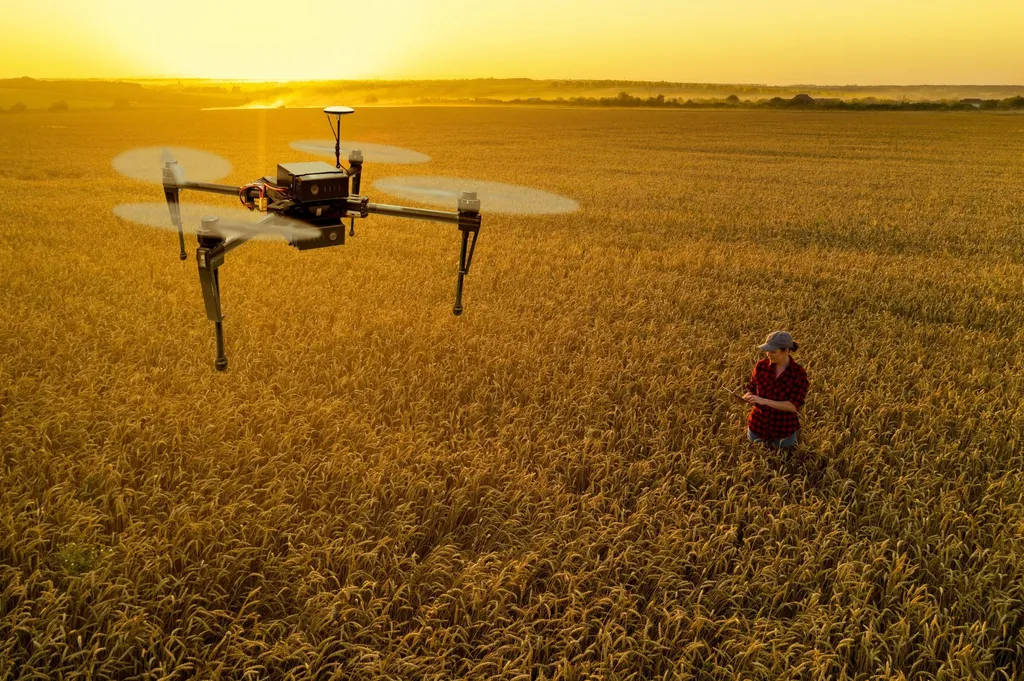In the heart of Shandong Province, China, a groundbreaking study is revolutionizing the way we understand and predict wheat yields. Researchers have developed an advanced method for automated wheat spike phenotype extraction, combining the power of YOLOv11 and image processing. This innovation, published in the journal *Agriculture*, is set to transform agricultural practices and genetic breeding research.
The study, led by Xuanxuan Li from the College of Information Science and Engineering at Shandong Agricultural University, focuses on winter wheat in Lingcheng District. Traditional methods of phenotype extraction often struggle with the complexities of field environments, such as light interference and spike awn occlusion. However, Li and their team have addressed these challenges head-on.
“We aimed to tune the complexity of traditional image processing parameters,” Li explains. “By integrating FocalModulation and TADDH modules, we significantly improved the feature extraction ability of the model.” The results speak for themselves: the improved model achieved a detection accuracy of 96.00% and a mean average precision (mAP50) of 98.70%, surpassing the original model by 6.6% and 2.8%, respectively.
The implications for the agriculture sector are profound. Accurate extraction of phenotypic parameters—such as spike length, spike width, and the number of grains—provides crucial data for yield prediction and genetic breeding. “Our method offers precise data support for wheat yield prediction and genetic breeding research,” Li notes. “This innovation promotes the development of intelligent agricultural phenomic technology.”
The study’s methodology is equally impressive. By combining morphological processing and a watershed algorithm, the researchers constructed an integrated extraction method. This approach achieved remarkable extraction accuracies: 98.08% for spike length, 96.21% for spike width, and 93.66% for the number of grains.
As the agriculture sector continues to evolve, the need for precise, automated phenotyping tools becomes increasingly critical. This research not only addresses current challenges but also paves the way for future advancements. By providing accurate and reliable data, it enables farmers and breeders to make informed decisions, ultimately enhancing crop productivity and sustainability.
The study, published in *Agriculture* and led by Xuanxuan Li from the College of Information Science and Engineering at Shandong Agricultural University, represents a significant leap forward in agricultural technology. As the sector embraces these innovations, the future of wheat farming looks brighter than ever.

